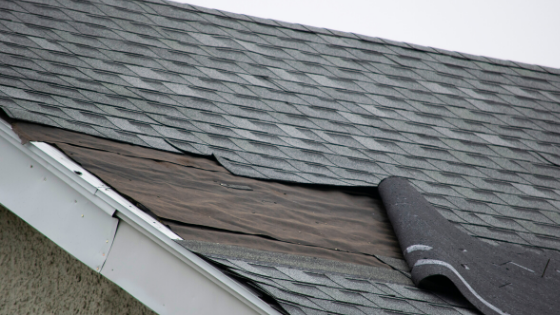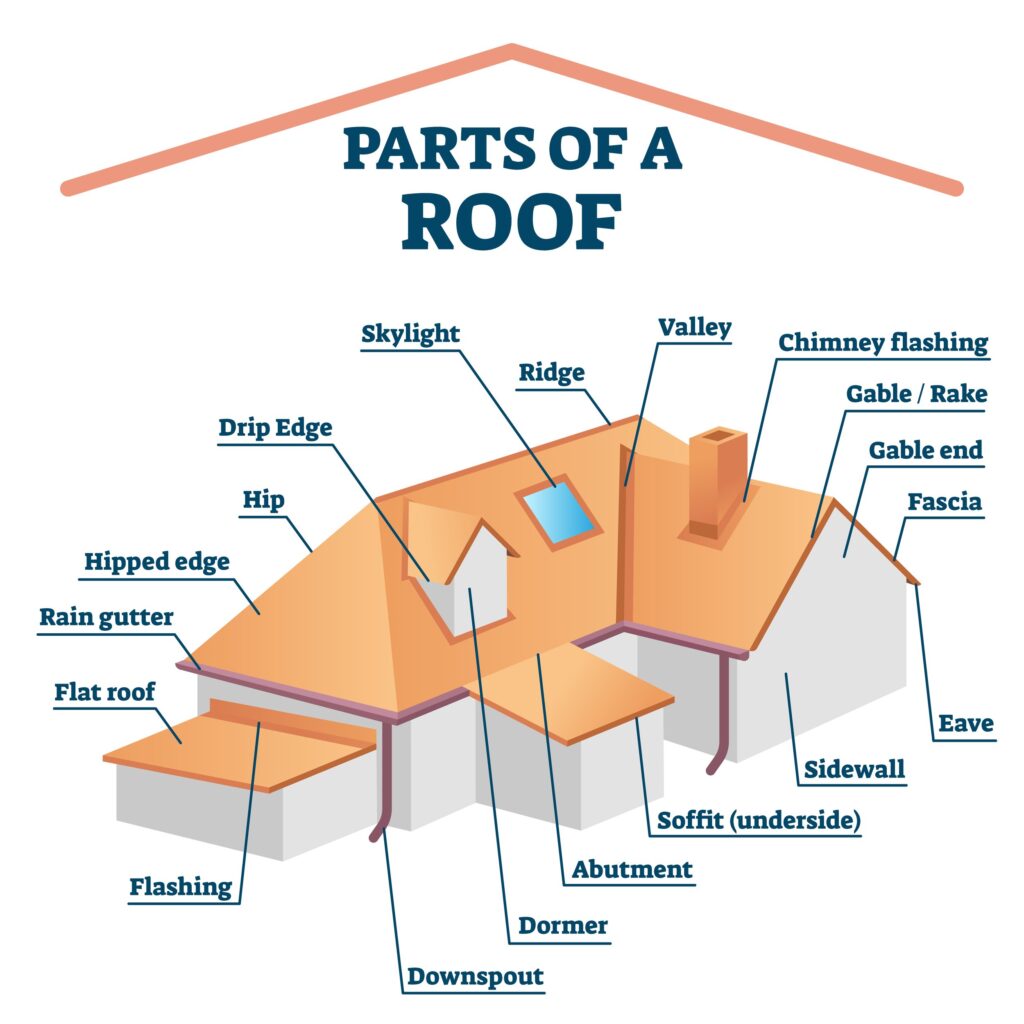In this article, we will explore the important role of roof inspectors in checking for loose shingles. Maintaining the integrity of your roof is crucial to protecting your home from water damage and other costly issues. By understanding the role of roof inspectors in identifying and addressing loose shingles, you can ensure the long-term stability and durability of your roof. So let’s dive into the details and learn more about how roof inspectors evaluate the condition of your shingles. Yes, roof inspectors definitely check if shingles are loose during a roof inspection. Roof inspection is an essential part of maintaining the overall health and condition of your roof. It helps in identifying any current or potential issues, ensuring the safety and structural integrity of your roof, and maintaining the manufacturer’s warranty. In this article, we will discuss in detail the importance of roof inspection, what roof inspectors look for, signs of loose shingles, why loose shingles are a concern, the role of roof inspectors, tools used for roof inspection, the step-by-step process of inspecting shingles, roof inspection frequency, and the benefits of regular roof inspections.
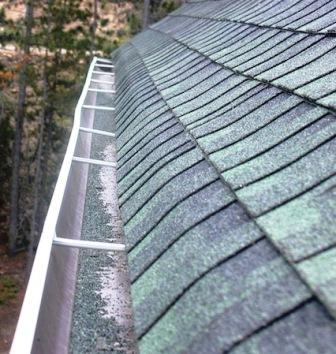

Importance of Roof Inspection
Regular roof inspection is crucial for protecting your investment in your home. Your roof is one of the most important components of your house, providing protection against the elements. By having regular inspections, you can catch any minor issues before they become major problems, potentially saving you thousands of dollars in repair costs.
Another significant aspect of roof inspection is identifying current and potential issues. Roof inspectors are trained professionals who can detect any signs of damage or wear on your roof. They can identify leaks, water damage, and other issues that may compromise the integrity of your roof.
Ensuring safety and structural integrity is also a vital aspect of roof inspection. Loose shingles or any other roof damage can pose a significant safety risk for you and your family. Regular inspections can help identify and address any structural issues, ensuring the stability and safety of your roof.
Last but not least, regular roof inspections are necessary for maintaining the manufacturer’s warranty. Most roofing materials come with warranties from the manufacturer that require regular inspections and maintenance. Failing to meet these requirements can void your warranty, leaving you responsible for any repairs or replacements.
What Do Roof Inspectors Look For?
During a roof inspection, roof inspectors look for various signs and indicators of damage or wear. Here are some of the key things they examine:
-
General Roof Condition: Roof inspectors assess the overall condition of your roof, looking for any signs of damage or deterioration.
-
Evidence of Leaks or Water Damage: They check for any signs of water infiltration, such as water stains or water damage on the ceiling or walls.
-
Presence of Debris or Vegetation: Inspectors look for the accumulation of debris, leaves, or vegetation on the roof, as they can trap moisture and accelerate shingle deterioration.
-
Signs of Roof Aging or Wear: They inspect the shingles for any signs of aging, wear, or granule loss. These can indicate the need for repairs or replacement.
-
Condition of Flashing: Flashing is used to prevent water from entering vulnerable areas of the roof, such as around chimneys, vents, or skylights. Inspectors ensure that the flashing is properly installed and in good condition.
-
Proper Installation of Ventilation Systems: They check the ventilation systems on your roof to ensure that they are properly installed and functioning. Adequate ventilation is essential for preventing moisture buildup and prolonging the lifespan of the roof.


Signs of Loose Shingles
Loose shingles can be easily spotted during a roof inspection. Here are some common signs that indicate loose shingles:
-
Visible Gaps or Gaps between Shingles: If you notice visible gaps between the shingles or gaps between the shingles and the roof surface, it is a clear indicator of loose shingles.
-
Shingles that are Out of Place: If some shingles are out of place or seem to be misaligned, it suggests that they are not properly secured and may be loose.
-
Lifted Edges or Corners: If you observe any lifted edges or corners of the shingles, it is a sign that they are no longer properly adhered to the roof surface.
-
Curling or Buckling of Shingles: Shingles that are curling or buckling indicate that they have lost their integrity and are no longer secured to the roof. This can be due to age, improper installation, or weather damage.
-
Cracked or Damaged Shingles: Cracked or damaged shingles are a clear sign of loose shingles. They can occur due to a variety of factors, such as hail damage, high winds, or general wear and tear.
-
Missing Shingles: If you notice any areas where shingles are completely missing, it is a definite indication of loose shingles. Missing shingles create vulnerable spots on your roof, increasing the risk of water infiltration and further damage.
Why Loose Shingles are a Concern
Loose shingles should not be ignored, as they can lead to a range of problems and complications. Here are some reasons why loose shingles are a concern:
-
Increased Risk of Water Infiltration: Loose shingles create openings and gaps on your roof, allowing water to seep through. This can lead to water infiltration and cause significant damage to the underlying structure of your roof and your home.
-
Weakening of Roof Structure: Shingles play a crucial role in protecting the roof structure. When shingles are loose, they cannot provide adequate protection against elements like wind, rain, and snow. Over time, this can weaken the overall roof structure.
-
Potential for Mold and Rot: Moisture trapped under loose shingles can lead to the growth of mold and rot. Mold can cause health issues for you and your family, and rot can further damage the structural integrity of your roof.
-
Reduced Energy Efficiency: Loose shingles can compromise the insulation of your home, leading to increased energy consumption and higher utility bills. Properly secured shingles ensure optimal energy efficiency.
-
Compromised Roof Aesthetics: Loose shingles can detract from the curb appeal and overall aesthetics of your home. If you are planning to sell your property, loose shingles can significantly impact its value and appeal.
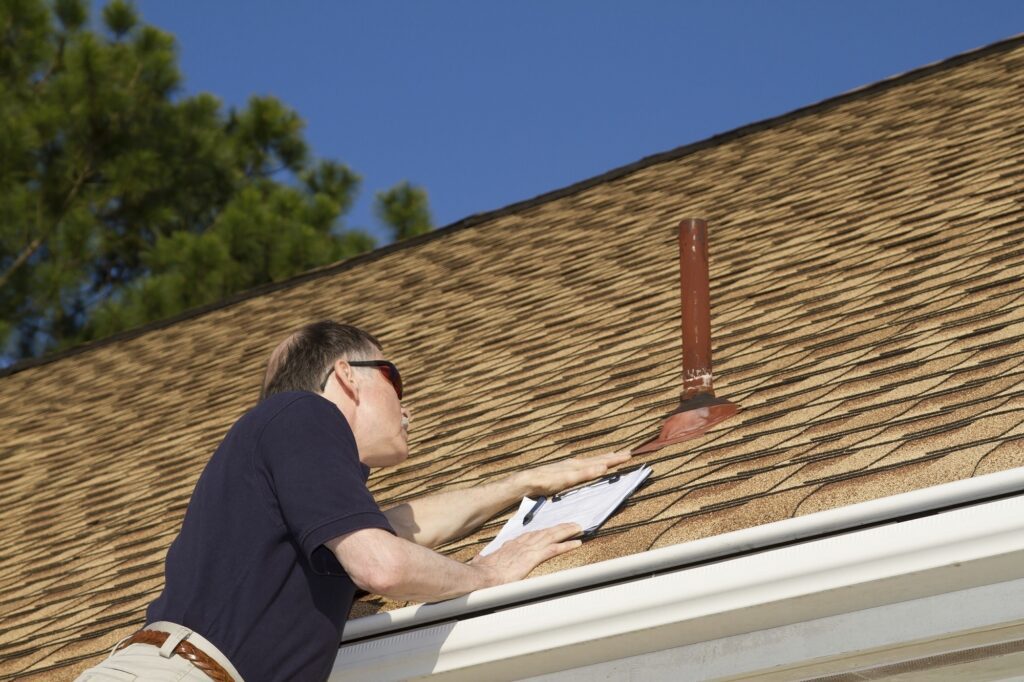

The Role of Roof Inspectors
Roof inspectors play a vital role in identifying loose shingles and addressing any related issues. Here is an overview of their role:
-
Identifying Loose Shingles: During a roof inspection, roof inspectors thoroughly examine the condition of the shingles and look for signs of looseness.
-
Assessing Severity and Extent of Damage: If loose shingles are identified, roof inspectors assess the severity and extent of the damage. This enables them to determine the appropriate course of action, whether it’s repair or replacement.
-
Providing Recommendations for Repair or Replacement: Once the assessment is complete, roof inspectors provide recommendations for repairing or replacing the loose shingles. They can advise on the best materials and methods to ensure a durable and long-lasting solution.
Tools Used for Roof Inspection
Roof inspectors utilize a range of tools to perform a comprehensive inspection. Here are some common tools used during a roof inspection:
-
Ladder: A sturdy ladder is essential for gaining access to the roof and conducting a thorough inspection.
-
Safety Equipment: Roof inspectors prioritize safety and use equipment such as harnesses, hard hats, and non-slip footwear to protect themselves during the inspection.
-
Flashlight: A flashlight is necessary for inspecting dark or hard-to-reach areas, such as attics or crawlspaces, where roof issues may be present.
-
Binoculars: Binoculars are used to get a closer look at the roof from the ground, enabling inspectors to spot any visible signs of damage or loose shingles.
-
Moisture Meters: Moisture meters are used to detect any moisture trapped under the shingles, which can indicate leaks or water damage.
-
Thermal Imaging Cameras: Thermal imaging cameras help identify areas of temperature differential, which can indicate heat loss or moisture accumulation under the shingles.
-
Digital Cameras: Digital cameras are used to capture photographs of any identified issues or areas of concern. These photographs can be useful for documentation and reference during repair or replacement.
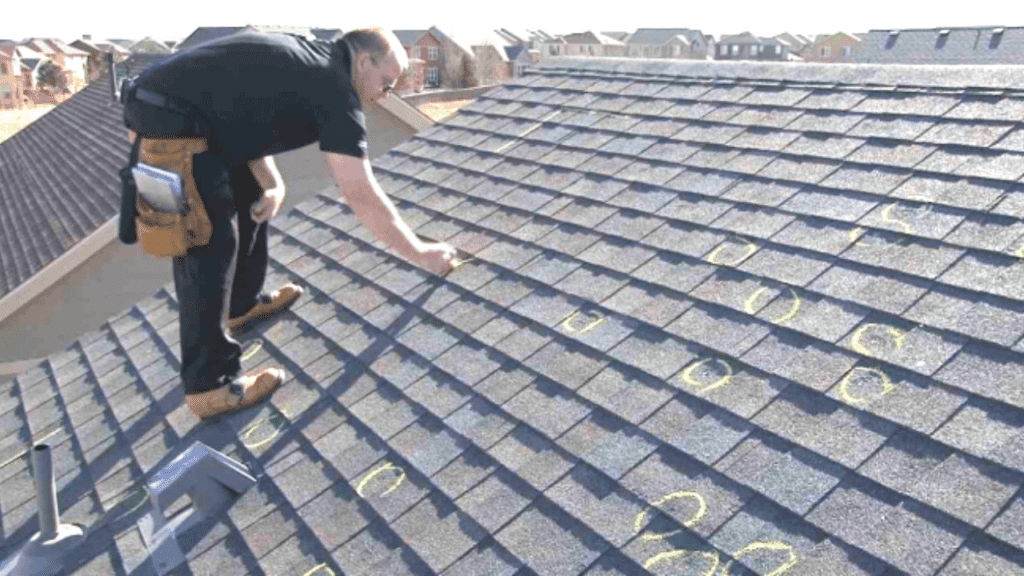

Step-by-Step Process of Inspecting Shingles
Inspecting shingles involves a systematic process to ensure a comprehensive assessment of their condition. Here is a step-by-step guide to the process:
-
Visual Inspection from Ground Level: The inspection begins with a visual examination of the roof from the ground. Inspectors look for any visible signs of loose shingles, damage, or wear.
-
Climbing onto the Roof: After the initial visual inspection, roof inspectors carefully climb onto the roof using a ladder. They ensure proper safety precautions are taken throughout this process.
-
Checking Shingle Condition and Fasteners: Inspectors inspect the individual shingles for signs of looseness, cracks, or damage. They also check the fasteners, such as nails or screws, used to secure the shingles to the roof.
-
Examining Flashing and Seam Integrity: The next step involves inspecting the flashing and seams for any signs of damage or deterioration. Properly installed and intact flashing is crucial for preventing water infiltration.
-
Assessing the Roof Deck: Roof inspectors assess the condition of the roof deck, checking for any rot, sagging, or signs of moisture damage. A strong and sound roof deck is essential for the stability of the roof.
-
Taking Notes and Photographs: Throughout the inspection, roof inspectors take detailed notes and photographs of any identified issues or areas requiring attention. These records serve as valuable documentation for recommendations and future reference.
Roof Inspection Frequency
Regular roof inspections are essential for maintaining the health and longevity of your roof. Here are some recommended guidelines for the frequency of roof inspections:
-
Annual Inspections: It is generally recommended to have a professional roof inspection conducted annually. Annual inspections help catch any minor issues before they escalate into major problems.
-
After Severe Weather Events: If your area experiences severe weather events such as storms, hurricanes, or heavy snowfall, it is advisable to have a roof inspection performed afterward. These weather events can cause significant damage to your roof, including loosening shingles.
-
Before Buying or Selling a Property: If you are planning to buy or sell a property, it is crucial to have a roof inspection conducted before finalizing the transaction. This ensures that you are fully aware of the roof’s condition and any potential issues.
-
Before and After Roof Replacement or Repairs: Roof inspections are necessary before any roof replacement or major repairs. They ensure that the new roof or repairs are done correctly and meet the required standards.


Benefits of Regular Roof Inspections
Regular roof inspections offer numerous benefits to homeowners. Here are some key advantages:
-
Early Detection of Issues: Regular inspections help detect any issues with your roof at an early stage. This allows for timely repairs, preventing the problems from escalating and potentially causing further damage.
-
Cost Savings: By identifying minor issues before they turn into major problems, regular inspections can save you significant costs in repairs or replacements down the line.
-
Extended Roof Lifespan: Proper maintenance and addressing issues promptly can extend the lifespan of your roof. Regular inspections play a crucial role in identifying and addressing any potential threats to its longevity.
-
Peace of Mind: Knowing that your roof is regularly inspected and maintained provides peace of mind. It ensures that your home is protected and that you are taking proactive steps to maintain its value and safety.
Conclusion
In conclusion, roof inspectors play a crucial role in checking if shingles are loose during a roof inspection. Regular roof inspections are essential for protecting your investment, identifying current and potential issues, ensuring safety and structural integrity, and maintaining the manufacturer’s warranty. Roof inspectors look for various signs of damage, wear, and loose shingles during their inspections. Loose shingles are a concern due to the increased risk of water infiltration, weakening of the roof structure, potential for mold and rot, reduced energy efficiency, and compromised roof aesthetics. By using specialized tools and following a systematic process, roof inspectors can identify loose shingles and provide recommendations for repair or replacement. Regular roof inspections, conducted annually or after severe weather events, can prevent major problems, extend the lifespan of your roof, and save you significant costs. So, schedule that roof inspection today and ensure the health and longevity of your roof.

